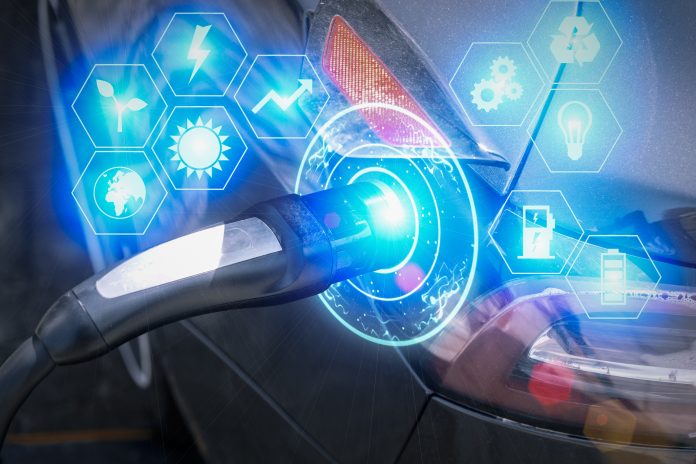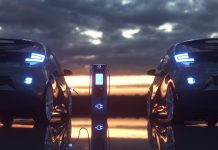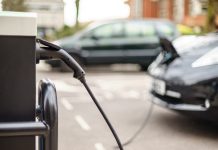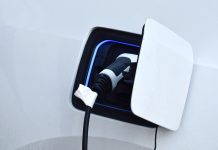For those who don’t have access to at-home or work EV charging facilities, rapid charging — or DC charging — is crucial. What is there to know?
As awareness of the climate crisis grows and the cost of batteries drops, electric vehicles (EVs) are becoming vastly more popular. Yet there’s still some confusion about how to charge them and when EV drivers might choose to charge in different places.
What is rapid charging?
DC charging is just as easy to use as AC, and it’s even faster. Typically, fast AC charging ranges from 7 kW to 22 kW, while DC charging typically refers to any charging station delivering more than 22 kW, with 50+ kW generally considered rapid charging and 100+ kW considered ultra-rapid charging. So why is DC charging faster than AC?
“DC” refers to “direct current,” the type of power that batteries use and is referred to as Rapid Charging. Fast charging stations use “AC,” or “alternating current,” which you’ll find in typical household outlets.
EVs have onboard chargers inside the car that convert AC power to DC for the battery. DC fast chargers convert AC power to DC within the charging station and deliver DC power directly to the battery, which is why they charge so much faster.
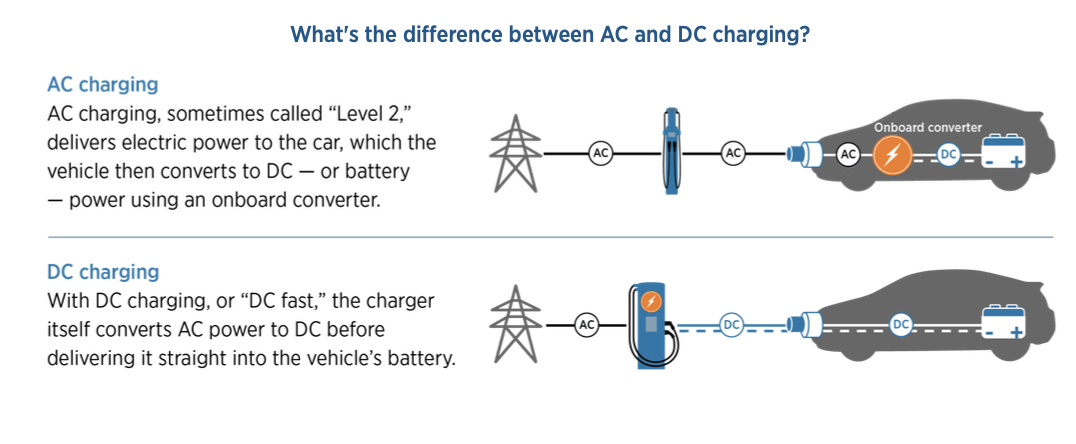
Can my vehicle fast charge?
Not every EV is compatible with DC fast charging stations — in fact, most plug-in hybrid electric vehicles (PHEVs), which also have internal combustion engines, are not able to use fast chargers. If you think you’ll need a fast charge from time to time, make sure to ask about this option when buying your EV.
Different vehicles may also have different rapid charging connector types. In Europe, most cars have the SAE CCS Combo 2 (CCS2) port, but some older vehicles may use a CHAdeMO connector. To help you find stations that work with your vehicle’s port, there are dedicated apps with maps of accessible chargers available.
The best time to use a DC fast charging station is when you need a charge right away and you’re willing to pay a little more for the convenience — like when you’re on a road trip or when your battery is low, but you are pressed for time.
How do I find fast charging?
As mentioned, it’s easy to search for fast charging spots in most leading charging apps. Typically, apps have a way to differentiate different charging types – for example, showing DC fast chargers as square pins. Most apps will also show the power of the fast charger (typically from 50 to 350 kW), the cost to charge, and possibly an estimate of the time it will take to charge your vehicle. EV drivers can also access charging info through in-vehicle displays, such as Android Auto, Apple CarPlay or built-in vehicle integrations.
How long will it take?
The speed of fast charging depends on many factors, including the power of the charger and your vehicle’s battery voltage. Most modern cars can add hundreds of miles of range in under an hour. Every EV battery follows what’s called a “charging curve” when charging. Charging starts a bit slowly while the vehicle checks the battery’s charge level, the weather and other factors. Charging then climbs to peak speed for as long as possible and slows down again when the battery has reached about an 80% charge to prolong battery life.
Unplugging a DC rapid charger: Follow the 80% rule
With a DC fast charger, it’s best to unplug when the battery reaches about 80% state of charge (SOC), as that’s when charging slows down the most. In fact, it could take almost as long to charge the last 20% as it did to get to 80%.
Unplugging when you reach that 80% threshold is not only more efficient for you but also considerate to other EV drivers, letting more people use available fast charging stations. Charging apps can monitor how your charge is going and tell you when to unplug, as well as show the rate at which your car is charging in real time to help identify when you’ve reached your optimum charge.
Save your money — and your battery
Fees are usually higher for DC fast charging than for AC charging. Because they provide more power, DC fast charging stations are more expensive to install and operate. Station owners may pass some of these costs on to drivers, so it really doesn’t add up to use fast charging every day.
Another reason not to overdo it on DC fast charging is that a lot of power flows from a DC fast charger, and managing that power can strain your battery. Using a DC charger all the time could reduce your battery’s efficiency and lifespan, so it’s best to use fast charging only when you need it.
Fast charging is easy
Fast charging is easy — but it’s not the only way. For the best experience and greatest savings, EV drivers should count on AC charging for most needs and look to DC when they are on trips or in a pinch.
This piece was written and provided by Jaynesh Patel, Senior Policy Manager, UK & Ireland at ChargePoint
Editor's Recommended Articles
-
Must Read >> The future of e-mobility is built on rapid charging


